A complete electrophysiology lab eLab is a singular data acquisition system for simultaneous recording of a full range of extracellular techniques from single-unit action potentials (Spikes) to multi-unit ones including local field potential (LFP), LTP, NCV, EEG/ECG, as well as signal modulation by external digital events. So, by using one device, one can carry out too many neuroscience/electrophysiology research projects.
This singular system enjoys integrity, leading to amazing simplicity so that all users may use it easily even if they are not signal experts, the signal-to-noise ratio being much higher than major extracellular electrophysiological devices, portability, and quick setup (in a couple of hours) opposite to those requiring as much as several months to overcome too much noise prior to setting up.
All adjustments have been made to the comprehensive software, so they are simple and more accurate. You can save the adjustment as a protocol and share it online with other researchers through the online protocol section. You will also have access to our available online protocols.
eLab is suitable for invasive/non-invasive, also in-vivo/in-vitro recordings, over both the central nervous system and peripheral nervous system.
The device uses 24-bit analog-to-digital converter that provides very high-resolution signals by letting low gain amplification coefficient and consequently much lower noise.
The compact system, which has a compatible pulse generator, can be used to define any desired electrical stimulation protocol for conducting many different research ideas.
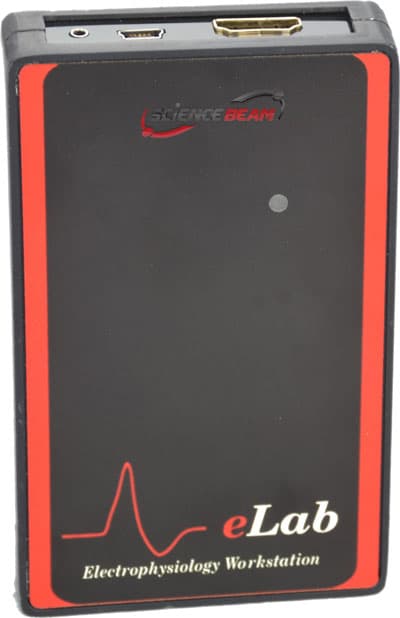
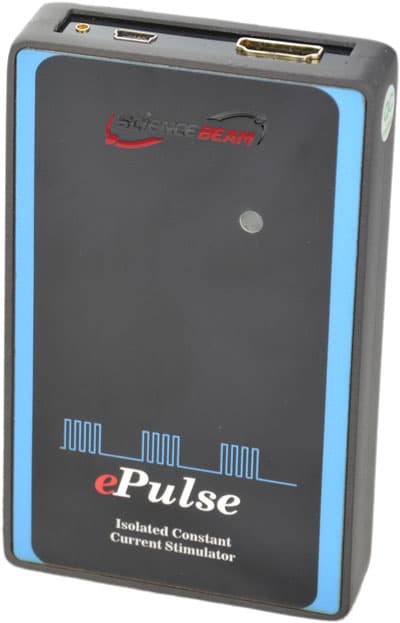
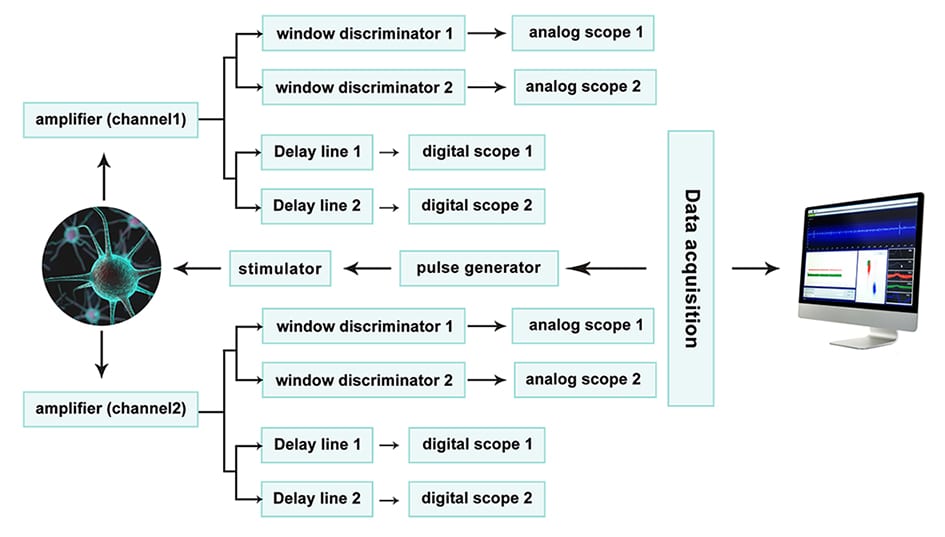
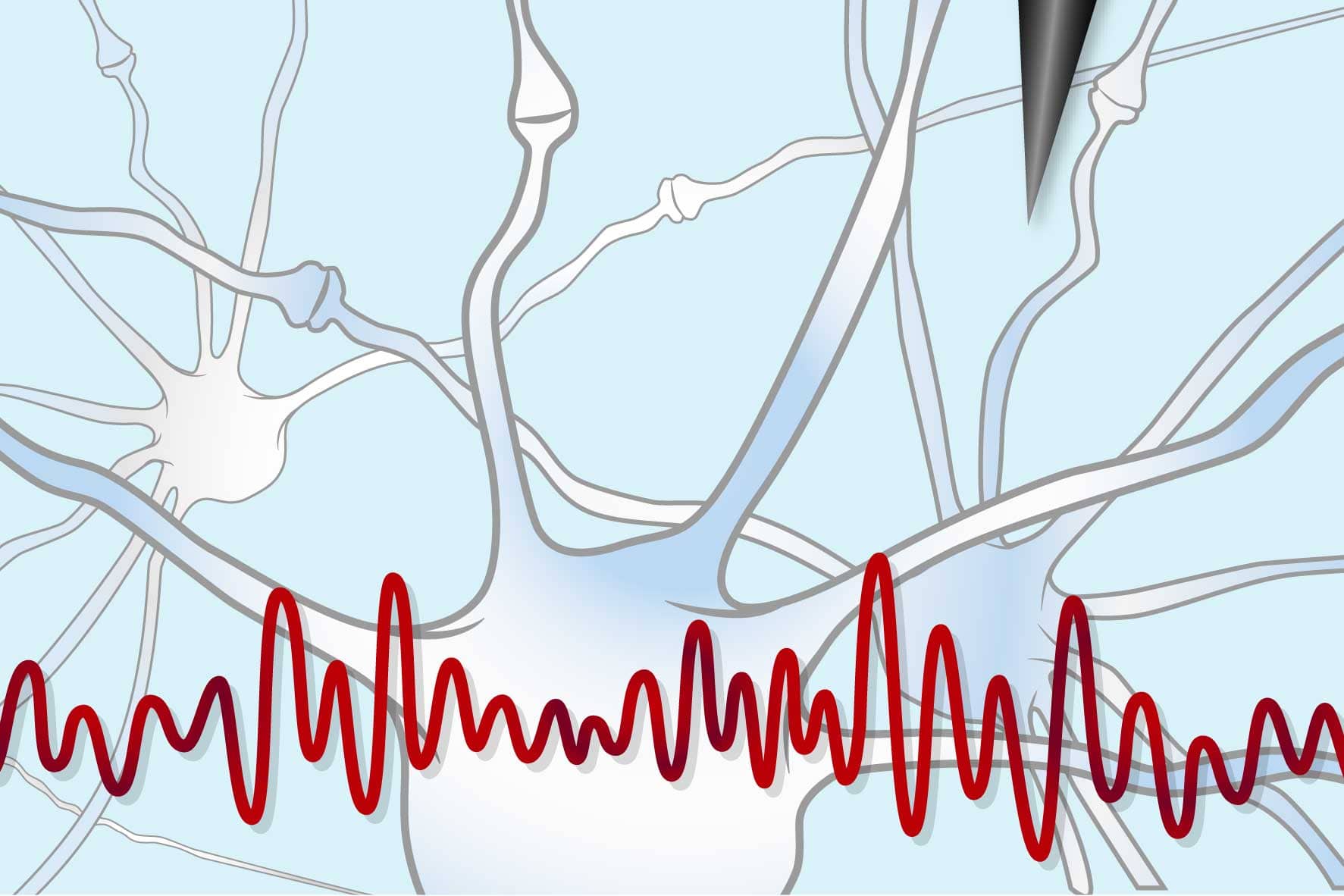
Extracellular Field Potential is a source generated by the collective activity of many cells.
eLab gives you an accurate LFP signal both in vivo and in vitro. eProbe software comes with the necessary tools for LFP analysis.
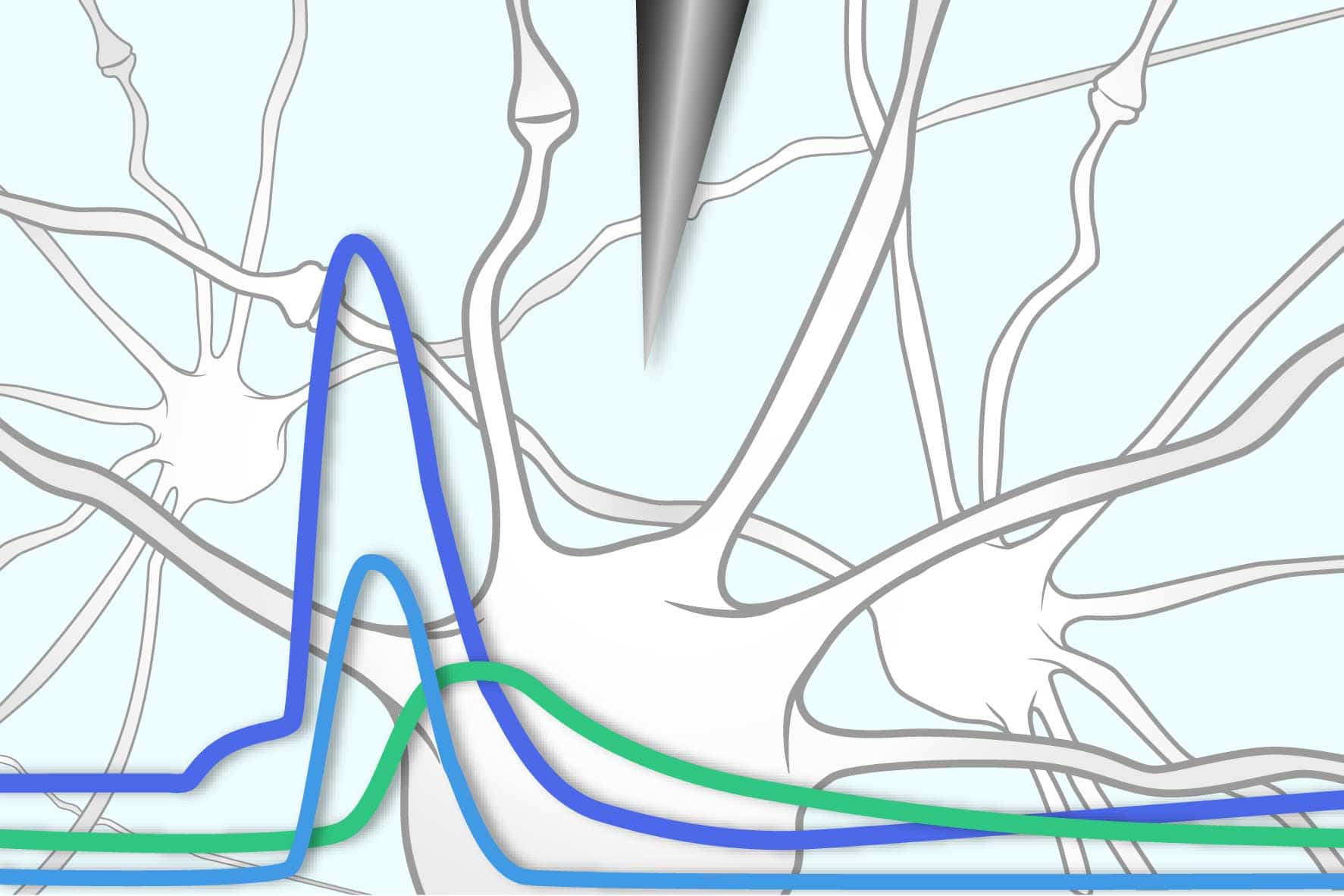
eLab provides you with the most precise recording of single neurons taken from the brain and spinal cord. eLab gives innovative amplified signals with the highest resolution (24 Bits/SPS) and the lowest noise. eProbe software offers you an incredible auditory tool to hear the firing of every single neuron detected by eLab.
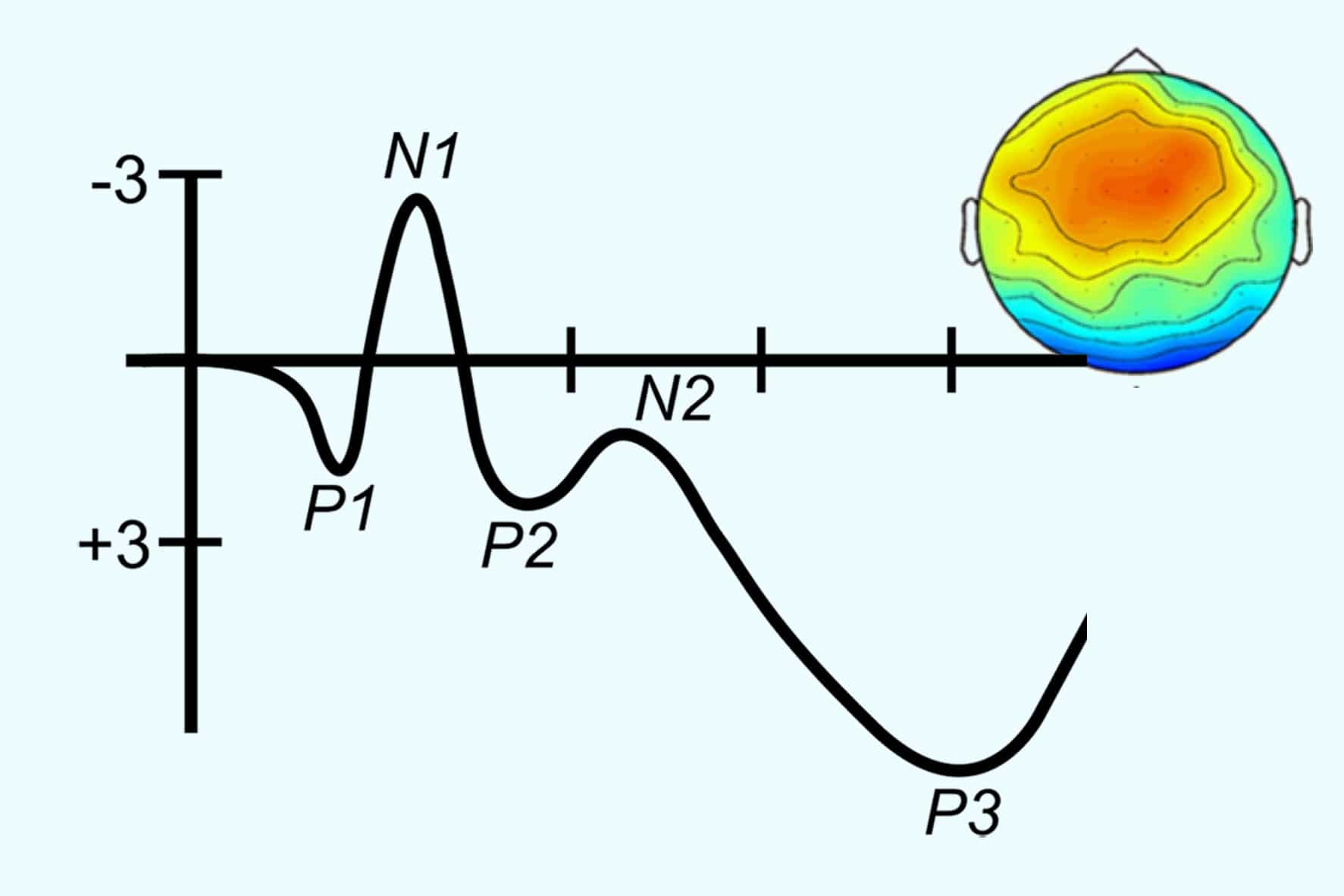
An “Evoked Potential” or “evoked response” is an electrical potential in a specific pattern recorded from a specific part of the nervous system in the human brain or other animals of a stimulus such as a light flash or a pure tone.
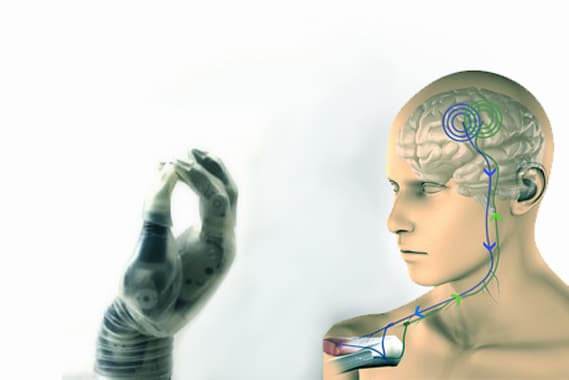
A brain-computer interface (BCI), also called a neural-control interface (NCI), or a mind-machine interface (MMI), direct neural interface (DNI), brain-machine interface (BMI), refers to a direct communication pathway between a brain and an external device.
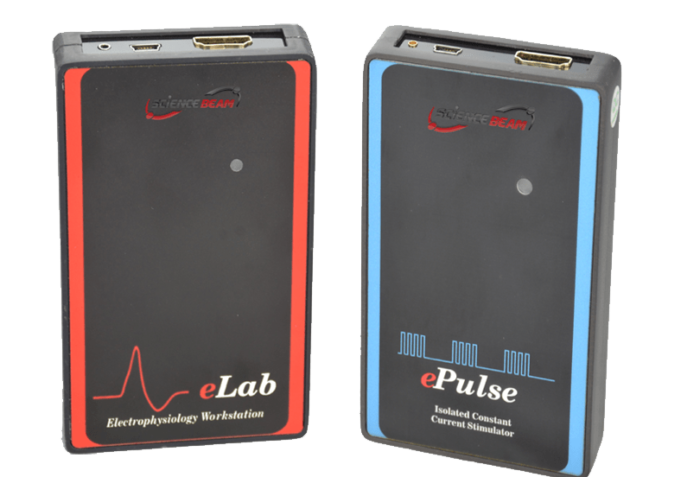
eProbe for animal Research
eProbe lets you watch and probe almost all ranges of neuro/electrophysiological signals in superlative quality.
You can see streams online and offline. Also, great data analyzing tools associate you with your research.
eProbe software has a different toolbox for recording signals, stimulation, data acquisition, and off-line analysis of a wide range of extracellular electrophysiology studies,
such as Long-Term Potentiation (LTP), Long-Term Depression (LTD), EEG, EMG and Epileptiform, bursts activity, extracellular single-unit- multi-unit action potential, NCV, VEP, ECG (RRI).
Is it possible to use glass-recording electrodes with eLab?
Glass microelectrodes are used for extra- or intracellular recordings. These have usually a high resistance of 5 to 10 G, glass micropipette filled with electrolyte(2 or 3 M, sodium chloride or potassium chloride)with a tip diameter around 1 micron
A different kind of microelectrode made from a small-diameter strong metal wire (tungsten or stainless steel)
An important characteristic of these electrodes is their electrical resistance, which is related to the exposed tip size. Smaller tips have higher resistance and they restrict the area from which potentials can be recorded, thus permitting the isolation of the activity of either a fiber or a cell .large tip and low resistances to pick up the activity from a number of neuronal elements and are of limited use in efforts to identify the functional properties of single nerve cells.
How can I calculate the resolution of a recorded raw signal within eLab?
eProbe, used with eLab Data Acquisition Unit, performs an Analog-to-Digital Conversion at a 24-bit full-scale resolution, effectively dividing the Range into 16000000 segments) the Resolution is the size of one of these segments. To calculate the Resolution of any raw signal recorded into eProbe, divide the Total Range that the signal was recorded on by 16000000.
Important Note – The Range extends in both the positive and negative direction. Therefore, a Range of 90mv goes from +90mV to -90mV – a Total Range of 180mV.
How do I stimulate and record with an ePulse and eLab?
ePulse (for animal use only) is designed to be used for simulating the desired points (for example nucleus of a brain and spinal cord and muscle), You can refer to the articles that work with this device.
How to create electrical kindling with these devices?
You can create a stimulation protocol with eProbe software, and examples of such simulations can be found in various articles.
Can we use Matlab to view and analyze data recorded with eProbe software?
You can do this by converting the file to text format.
Is it possible to read data eProb with MATLAB?
You can do this by converting the file to text format.
I have recorded my data at X voltage per second in eProbe. Is it possible to show the data at different parameters without re-recording the data?
Yes, you can change it without re-recording the data.
Click one of our contacts below to chat on WhatsApp